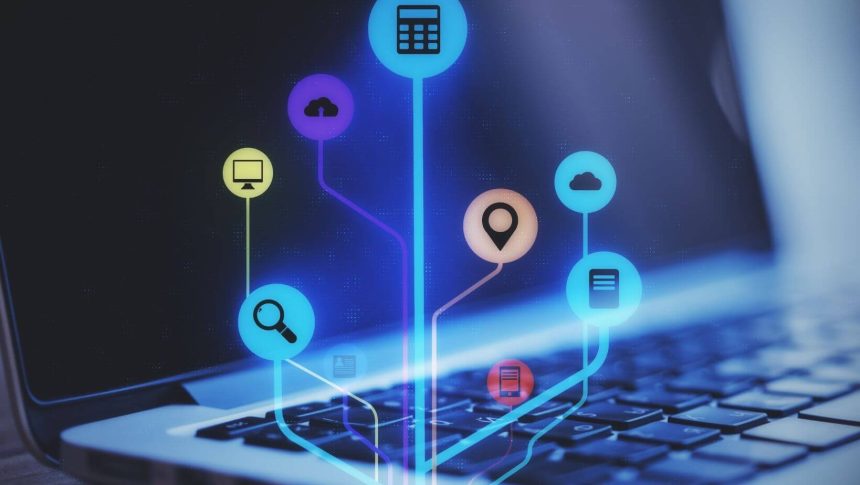In the ever-evolving landscape of technology, Optical Character Recognition (OCR) software has emerged as a crucial tool for transforming printed or handwritten text into machine-readable text. Over the past decade, OCR technology has made significant strides, but as we move forward, it faces both exciting possibilities and unique challenges. In this article, we will delve into the future of OCR software, exploring its potential applications, the hurdles it must overcome, and how it can continue to revolutionize various industries.
Expanding Applications of OCR
Bridging the Language Barrier
One of the most promising possibilities for OCR software is its role in breaking down language barriers. With the increasing globalization of business and communication, OCR can be harnessed to instantly translate printed or handwritten content into multiple languages. Imagine a world where you can scan a document in one language and have it instantly translated into your preferred language – OCR is making this a reality.
OCR’s language capabilities extend beyond translation. It can help individuals learn new languages by providing instant translations and pronunciations. Moreover, OCR can aid in preserving and digitizing historical documents, ensuring that valuable knowledge is accessible to a wider global audience.
Enhancing Accessibility
OCR software has already played a pivotal role in making digital content more accessible to individuals with visual impairments. However, its future potential in this area is even more promising. By refining accuracy and compatibility, OCR can empower visually impaired individuals to access a wider range of content, from books to complex scientific documents. Integrating OCR into mobile devices and wearables can further enhance real-time accessibility, creating a more inclusive world.
Advancing OCR Accuracy
Machine Learning and AI Integration
The future of OCR hinges on its ability to become more accurate and adaptable. Machine learning and artificial intelligence (AI) integration are at the forefront of these advancements. By leveraging deep learning algorithms, OCR software can recognize and interpret handwritten and printed text with unparalleled precision. Moreover, AI can help OCR adapt to various fonts, styles, and languages, making it a versatile tool for an array of applications.
Handling Complex Documents
OCR software must also evolve to handle complex documents with tables, charts, and mixed-media content. Developing OCR solutions that can accurately extract and structure data from such documents is a significant challenge. However, overcoming this hurdle opens doors to streamlining data entry, enhancing data analytics, and improving overall document management.
Privacy and Security Concerns
As OCR technology becomes more ubiquitous, it also raises concerns about privacy and security. OCR can be used to extract sensitive information from documents, which can be exploited if not properly safeguarded. Striking a balance between convenience and security is crucial. The future of OCR software will see increased efforts to enhance encryption, authentication, and access controls to protect sensitive data from unauthorized access and misuse.
Automating Document Workflow
Streamlining Business Operations
Businesses across industries are increasingly recognizing the efficiency gains that OCR software can offer. However, the future lies in complete document workflow automation. OCR software will play a central role in digitizing, processing, and categorizing documents, reducing manual data entry and errors. As OCR becomes more integrated with enterprise resource planning (ERP) systems and customer relationship management (CRM) software, it will enable businesses to achieve new levels of efficiency and productivity.
Legal and Compliance Applications
In the legal sector, OCR is poised to revolutionize document management and compliance. Law firms and legal departments can use OCR to quickly scan and index vast volumes of legal documents. This not only accelerates research and case preparation but also ensures adherence to regulatory requirements by enabling efficient data retrieval and analysis.
The Future of OCR: Collaboration and Innovation
The future challenges and possibilities of OCR software are interconnected and require collaboration among researchers, developers, and industries. Innovation in OCR technology will continue to rely on partnerships between OCR providers and various sectors, including healthcare, education, finance, and government.
Moreover, open-source OCR projects will gain prominence, fostering a culture of transparency and continuous improvement. Collaborative efforts will help address the challenges of OCR accuracy, data security, and expanding its applications to previously uncharted territories.
In conclusion, OCR software is at a pivotal juncture, with tremendous potential to shape the future of information accessibility and automation. As we move forward, OCR’s ability to overcome challenges and embrace new possibilities will depend on the collective efforts of experts, businesses, and innovators. With careful consideration of privacy and security, continued advancements in accuracy, and a commitment to collaboration, OCR software will continue to transform industries and improve the lives of individuals worldwide.


